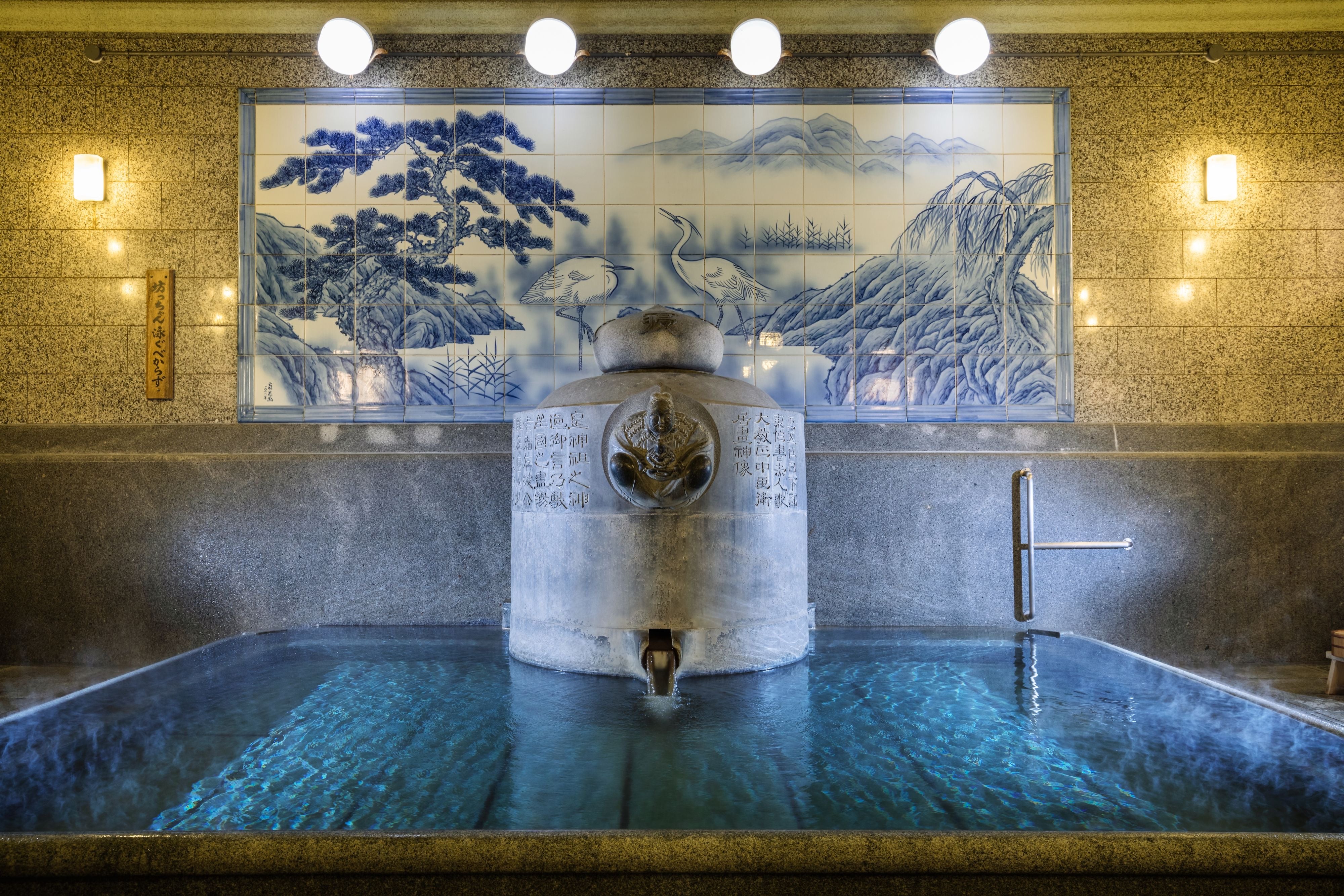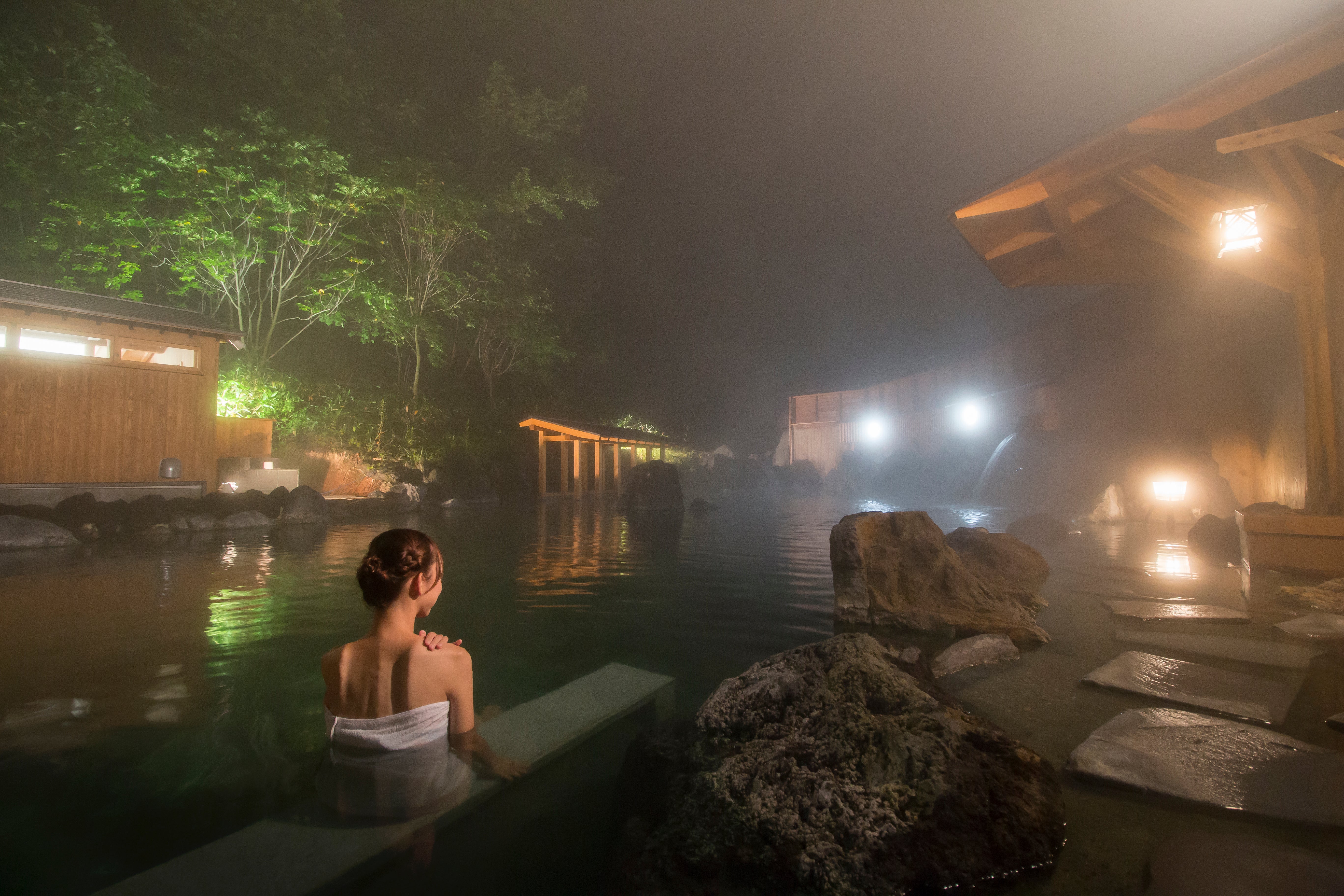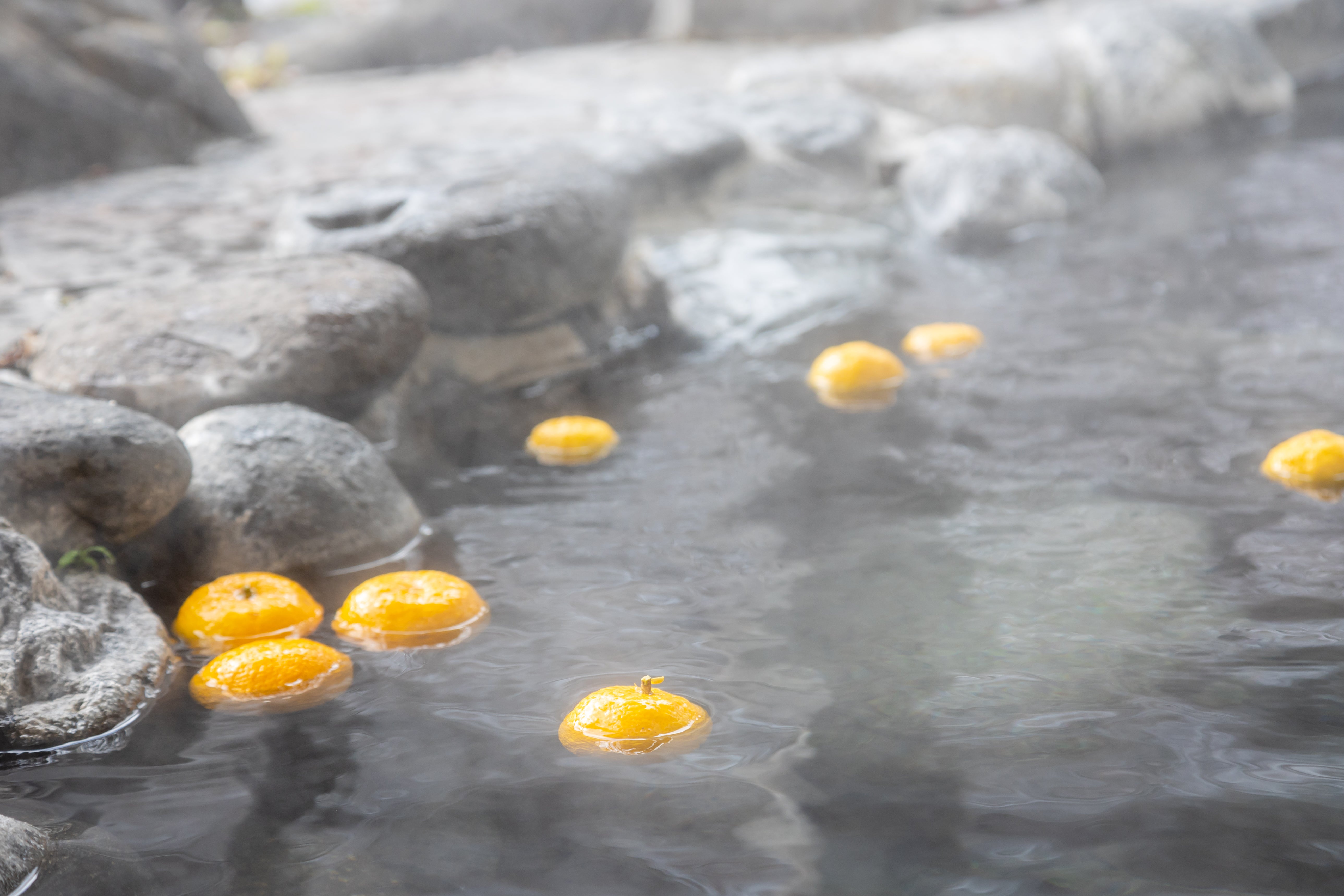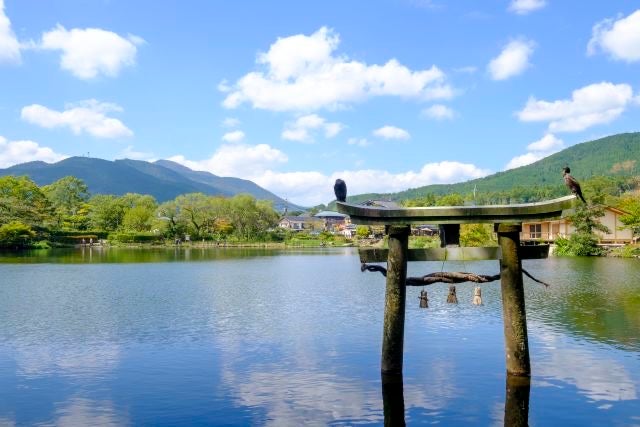Forget the Wim Hof method – Japanese toji water therapy is the wellness trend you need to know about in 2024
Ice baths have become inextricably linked with fitness, grit and determination – but the Japanese ‘hot water cure’ could be a just as effective (and undoubtedly more pleasant) method. Gabrielle Doman tries out Toji to kickstart her 2024 wellness journey

Tis the season for punishing rituals, like glugging litres of water each day, embarking on military-level exercise challenges and vowing to plunge your semi-naked body into icy water in the name of recovery.
Ice baths have become inextricably linked with fitness, grit and determination, driven in no small part by Dutch motivational speaker, Wim Hof, dubbed the Iceman. He is a proponent of controlled breathing techniques, regular ice baths and cold water immersion, which he claims helps with fat loss, balancing hormones, elevating your mood and fortifying your immune system.
But, for those who prefer a less abrasive start to the year, there’s a more pleasant way to embrace the benefits of bathing, and it has been practised for centuries by the Japanese, who know a thing or two about longevity.

Toji, meaning “hot water cure”, is the practice of bathing in hot springs, known in Japan as onsen, several times a day for at least a week as a way to treat a wide spectrum of ailments. The practice dates back to the 6th century and has sparked folklore stories around the miraculous healing powers of the local onsen. Shima Onsen in Gunma, for example, translates as “40,000”, which is commonly thought to stem from claims that it could cure 40,000 illnesses and disorders, with heartbreak singled out as one exception.
Read more on Japan travel:
Further south, legends emerged that Dogo Onsen in Matsuyama, Ehime healed the injured leg of a white heron who, 3,000 years ago, came every day to bathe it. A statue of the bird now sits atop the town’s public bath. In Shizuoka’s Tokko no Yu Onsen, stories have been passed down that Kobo Daishi, the 9th-century monk who established the Shingon school of Buddhism in Japan, struck a rock and caused hot spring water to gush forth and heal a sick young boy.
Wakayama’s Yonomine’s Tsubo-yu onsen, the world’s only Unesco world heritage-listed hot spring, is thought to have cured injured samurais after battle. Even eating an egg boiled (and its shell blackened) in the hot spring of Owakudani in Hakone is said to add seven years to your lifespan.
Studies have shown that within three weeks of toji, blood pressure and stress hormones are lowered
While many of the historic benefits of toji might be a little far-fetched, there is some solid science behind the health-promoting qualities of onsen bathing. Professor Shinya Hayasaka, a doctor of medicine and professor at Tokyo City University, studies the effects of onsen bathing and the practice of toji. “Studies have shown that within three weeks of toji, blood pressure and stress hormones are lowered, and those who take more than one onsen bath a week have lower LDL and higher HDL cholesterol,” he says.
Caution needs to be exercised when bathing, and when it comes to bathing times, less is more. “The ideal temperature is between 38 and 40 degrees. If the temperature goes over 41, it can raise your blood pressure and cause clotting,” warns Hayaska. “Because onsens have high mineral content it can warm you up quicker. A good indication of when to get out is when you have some sweat on your forehead.”

The benefits of bathing can be amplified by taking the mineral-rich onsen water orally, in areas where it is safe to do so. Some onsen towns have hot spring drinking fountains called insenjo in addition to baths. Government research published by the Ministry of the Environment suggests the mineral content of the onsen can boost your health, too. Its findings report that drinking a little hot spring water rich in sodium chloride is beneficial for those suffering with kidney disease, hypertension, swelling and hyperthyroidism, while sipping from a sulfur or carbon dioxide-rich insenjo can help ease diarrhoea. The Japan Onsen Association advises consulting with your doctor before drinking onsen water, only doing it in areas with insenjo and limiting the amount you drink to 100 to 150ml at a time and a maximum of 200 to 500ml per day.
Onsen trips left people feeling positive and refreshed
Though it wouldn’t take much to convince most of us that we’d feel better after three weeks of relaxing in an onsen town in Japan, it’s probably not practical. “Unfortunately it’s really rare nowadays for people to be able to go to an onsen for three weeks,” says Hayasaka. However, the good news is that a little onsen bathing is better than none. For the past few years, he’s been studying shin toji (meaning “new hot water cure”) as an efficient equivalent that is suited to contemporary lifestyles. Shin toji is toji on a time restraint, typically a day trip or a weekend of intermittent bathing, and fits easily into most people’s Japan itinerary.
Hayasaka’s study of 11,830 participants showed that even these short shin toji onsen trips left people feeling positive and refreshed, and the effects were bolstered further when people combined their bathing trip with other feel-good activities, like hiking and golfing. His study showed that the more times people visited onsen per year, the better they felt. Though this conclusion might seem an obvious one, for those embarking on gruelling new-year health routines, it’s a useful reminder that self-care is allowed to feel indulgent.

Although some of us might be lucky enough to fit one trip to Japan into their 2024 plans, multiple onsen breaks are certainly out of reach. However, Hayasaka says the experience can be recreated at home. “One of the benefits of onsen is that they raise your body temperature while you’re soaking, so a warm bath at home is a good alternative. It’s better to have minerals in it too, so bath bombs and salts give similar benefits. Another thing you can use is a couple of spoonfuls of baking soda or a few citrus fruits. A chemical in citrus peel called limonine makes a great addition to bath water.”
Always consult your doctor before bathing in or drinking onsen water if you have a serious medical condition.

Where to practise Toji in Japan
There are 27,671 onsen across Japan, but these charming onsen towns are some of the best to retreat to for a health reset.
Kusatsu
Kusatsu is best known for Yubatake, the hot water field that dominates the town centre, where the water is cooled before being piped to baths around the town. During your stay, watch a performance of yumomi, the traditional way to cool down the spring water using large paddles. Kusatsu onsen’s high acidity and sulphur content are said to have positive effects on the skin and muscles.
Yufuin
Yufuin is one of Japan’s best-known hot spring resorts. Its mix of traditional ryokan (Japanese inns) and modern hotels and cafes make it a popular choice for younger travellers. Its water is said to help combat fatigue, muscle pains and gastrointestinal distress.
Ginzan
The chocolate box aesthetic of this nostalgic onsen town is especially charming in winter, when it’s blanketed in thick powder snow. Don a yukata (Japanese robe) to explore its pedestrianised streets before warming up with a dip in your ryokan’s onsen to judge for yourself whether its water really does beautify the skin.
Noboribetsu
Noboribetsu, high in Hokkaido’s mountains, has 10 onsen, all with different water properties, purported to help everything from eczema to menopausal issues. This vibrant town is one of the country’s most famous onsen resorts and a great location for onsen-hopping while you gaze out at the wilderness of Japan’s northernmost prefecture.
Kinosaki
Kinosaki is a small, picturesque onsen town with seven public onsens to visit. The town dates back 1,300 years and is said to have been founded when a priest chanted sutras for 1,000 days as a way to create a hot spring to heal the area’s sick people. Its sodium, calcium and chloride-rich water is purported to relieve fatigue, muscle pain and even bruising.
Read more on spa breaks and wellness
Join our commenting forum
Join thought-provoking conversations, follow other Independent readers and see their replies
Comments
Bookmark popover
Removed from bookmarks